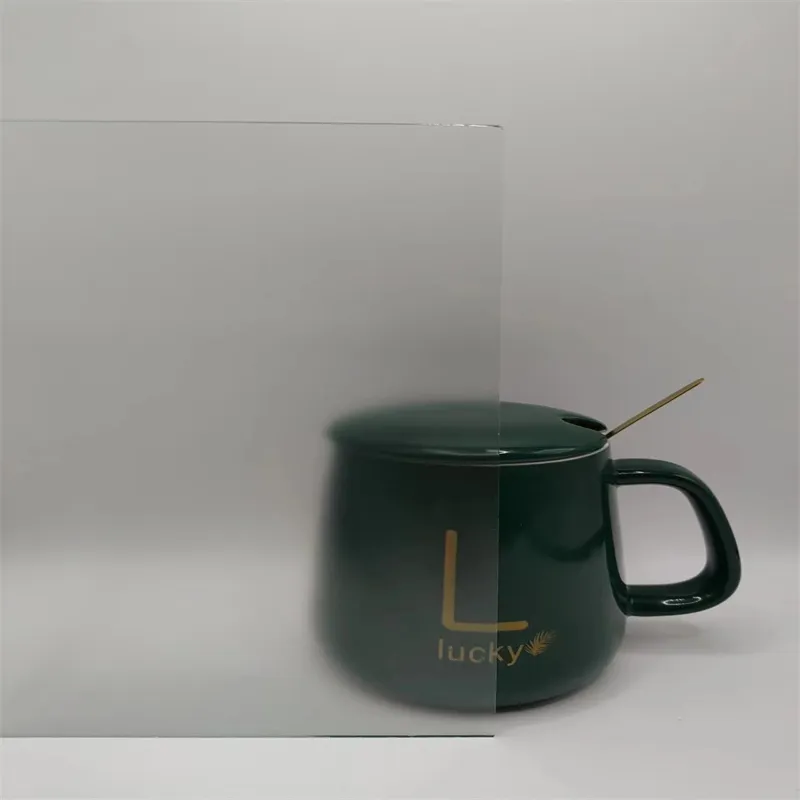Nov . 13, 2024 14:33 Back to list
textured glass patterns
Textured glass patterns have become a popular design element in both contemporary architecture and interior decoration. Their unique visual appeal not only adds a touch of sophistication but also serves practical purposes such as enhancing privacy and diffusing light. The interplay of light and shadow through various textures creates dynamic effects, making spaces feel alive and vibrant.
One of the most fascinating aspects of textured glass is its versatility. From frosted to etched, patterned to colored, there are myriad options to choose from, each offering distinct aesthetics and functionality. Frosted glass, for instance, provides a soft, diffused light that creates a serene atmosphere, perfect for bathrooms or private offices. Etched glass, on the other hand, can feature intricate designs, ranging from simple geometric shapes to elaborate floral patterns, making it a stunning focal point in any space.
In commercial settings, businesses frequently utilize textured glass for branding purposes. Logos and custom designs can be sandblasted or etched onto glass surfaces, serving both functional and branding needs. Such applications are not only visually striking but also invite interaction, encouraging visitors to engage with the environment. This makes textured glass an effective tool for creating memorable experiences in retail spaces, hotels, and corporate offices.
textured glass patterns

Moreover, textured glass patterns can also reflect the principles of sustainability in design. With advancements in technology, manufacturers can produce glass that minimizes solar heat gain and enhances energy efficiency. By integrating textured glass into building facades, architects are able to reduce the need for artificial lighting and climate control, aligning with green building standards.
Beyond functionality, the artistic potential of textured glass patterns continues to inspire designers and artists alike
. From installations in galleries to bespoke pieces in private homes, these textures facilitate creative expressions that explore themes of light, transparency, and depth. Artists often experiment with layering different types of textured glass to create a rich tapestry of visuals that transform as viewers move around them.In conclusion, textured glass patterns serve as a bridge between functionality and aesthetics. Their ability to manipulate light, enhance privacy, and create captivating designs makes them invaluable in modern architecture and interior design. As trends evolve, the potential for innovation in the use of textured glass will likely grow, paving the way for even more creative and sustainable applications in the future. Embracing the beauty of textured glass not only enriches our built environments but also invites a deeper appreciation of the subtle artistry within our everyday lives.
-
Safety and Style with Premium Laminated Glass Solutions
NewsJun.24,2025
-
Reinvents Security with Premium Wired Glass
NewsJun.24,2025
-
Premium Float Glass Line for Modern Architecture
NewsJun.24,2025
-
Low Emissivity Glass for Energy-Efficient Architecture
NewsJun.24,2025
-
High-Performance Insulated Glass Solutions for Modern Architecture
NewsJun.24,2025
-
Elevates Interior Style with Premium Silver Mirror
NewsJun.24,2025
Related PRODUCTS














